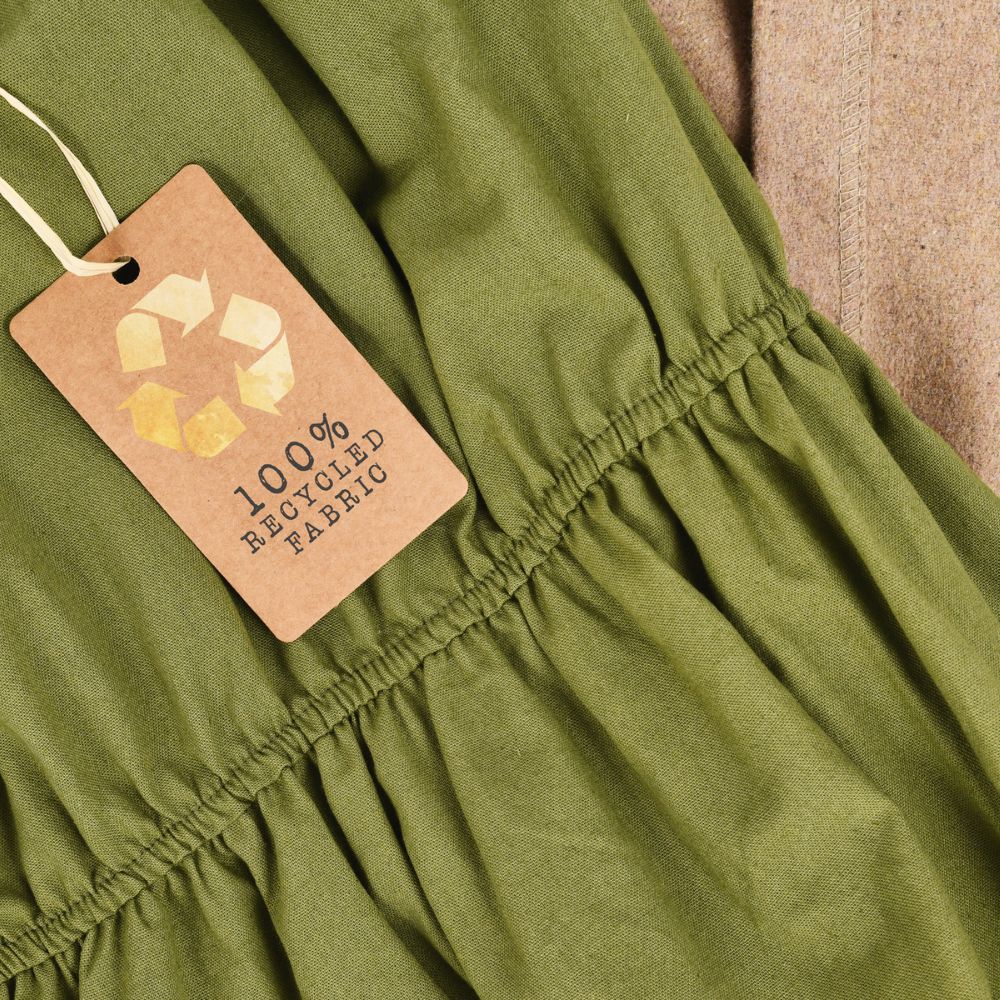We hear a lot about eco-responsible fashion at the moment, but what exactly is the definition of responsible clothing? Here you will find all the tools to understand what eco-responsible fashion is and especially what attributes to focus on to make the right choices. We answer the top 10 of your questions while dispelling some myths about eco-responsible fashion, which we hope will make you want to take a first step towards more responsible consumption of fashion.
1. What does the perfect garment look like?
Let's be honest, the perfect solution doesn't exist. The only clothing that does not pollute is that which we do not produce, and which we do not buy.
At Clother we are committed to offering you sustainable and responsible clothing, the production of which requires much less natural resources and CO2 than what can be found today among traditional ready-to-wear brands.
2. Is it possible to dress eco-responsibly without sacrificing style?
As in any short circuit approach, the benefits observed go well beyond the reduction in long journeys around the world that most of our clothes make today. Promoting short circuits also means promoting the textile industry around us, while guaranteeing high environmental standards and decent salary conditions.
This is why on the Clother online store we only offer you eco-responsible clothing designed and produced as close as possible to you, less than 1,500 km from Switzerland, notably in workshops in France, Italy and Portugal. .
3. Opting for clothes made nearby, does it really make a difference?
As in any short circuit approach, the first objective is to reduce the carbon footprint of transport. At Clother, you won't find jeans that have traveled 65,000 km before ending up in your wardrobe. Promoting short circuits also means promoting the textile industry around us, while guaranteeing high environmental standards and decent salary conditions.
This is why the Clother online store only offers you eco-responsible clothing designed as close as possible to you, less than 1500km from Switzerland, notably in workshops in France, Italy and Portugal.
4. What does a sustainable material consist of?
A sustainable material manages to have a reduced impact on several elements: less water consumed, less pollutants released, less energy used, less CO2 generated, no or few pesticides, and ideally recyclable.
Clother offers several types of sustainable materials: recycled materials, upcycled materials, certified organic and/or resource-saving natural materials, and finally certified artificial materials.
These materials are available in all kinds of clothing: Skirts and shorts , jeans , dresses , T-shirts and polo shirts , pants men And women , jackets , tights and other accessories…
5. How does recycled material work?
Recycled materials are one of the most eco-responsible solutions available. Recycling consists of offering a second life to used materials, to transform them into new fibers, and then make new clothes.
In Mud Jeans for example, you will find at least 30% recycled cotton, and in a RIFO cashmere sweater, 95% of the wool comes from recycling.
6. What is upcycling?
Up-cycling means that brands find and recover fabrics from other manufacturers that were otherwise destined to be thrown away.
Brands like The swallows Or Refab Market give them a second chance by using them to make their collections in very limited series.
7. Is organic cotton really better?
Organic cotton clothing, when certified by a recognized label, like GOTS for example, are much more ecological. Cotton is grown without pesticides, with water consumption divided by 10, and under dignified and strictly verified wage conditions.
Muse & Marlowe Or Tranquille Emile , for example, use GOTS cotton a lot in their collections.
8. Is there a good alternative to cotton?
Linen is an excellent alternative, with a truly reduced carbon footprint, in addition to its anti-allergic and thermo-regulating benefits.
Linen grows in Europe, mainly in the North of France and Belgium, and therefore only travels a few hundred km before arriving in the weaving and tailoring workshops. No other natural fiber can say the same! It is also very water efficient, and requires virtually no pesticides or fertilizers.
C. Bergamia , for some of his pants, and Aatise for example, uses it in their collections.
9. Should we ban artificial materials for responsible dressing?
New responsible artificial/synthetic materials, like Tencel for example , are a good alternative to synthetic materials derived from petroleum, polyamide and polyester.
Tencel is made with wood pulp from sustainably managed forests. The wood bark used is harvested from hardwoods like eucalyptus, which regenerate quickly. The tree is not cut, but simply stripped, and does not require water or pesticides.
Eco-responsible brands like NUUE Collection And Aatise choose this type of material to make their clothes.
10. How to distinguish a true eco-responsible approach from greenwashing?
Ready-to-wear brands are going green and it's not easy to unmask greenwashing!
So, try asking yourself these questions: “Where is this garment made? What % is sustainable? Does it have a label?”
Have doubts when a site defines clothing made on the other side of the world, with only 20% organic cotton, and without a label as eco-responsible.
Clother is committed to only offering ethical brands, transparent on production, and with sustainable development at the heart of their philosophy. Most have a label, such Les Jupons de Louison , certified by the SLOWEARE label .














